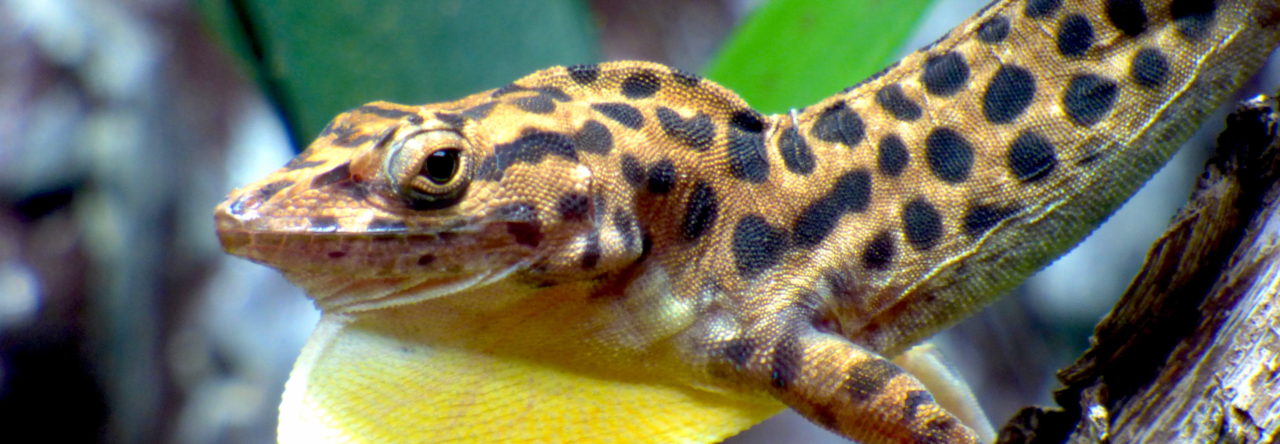A few months back, we had a lively discussion of the best material to use to make a lizard noose.
I and others went old school and advocated dental floss as the lariat of choice. In this vein, I have an update. Now in the field in the Bahamas, Jason Kolbe and I have been using two newish brands of the waxy stuff, and neither of us has a good thing to say. I have been using a new type, “Just the Basics,” which seems to be a CVS store brand. All I can say is: Avoid!!! By “basics,” they mean “basically terrible.” It frays very quickly, so that by the time you’ve snagged your third lizard, you have to make another noose. Very annoying. Meanwhile, Jason has been using a floss produced by Equaline. He gives it two thumbs down, claiming that it disintegrates—believe it or not—after a single lizard capture.










